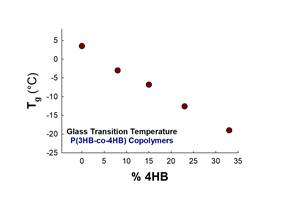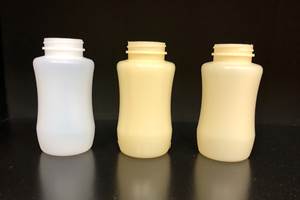New Study Refutes Negative Environmental Impact of Plastics Packaging
Packaging has been the favorite whipping boy of environmentalists. But a new report shows that replacing plastic with other materials would have widespread adverse environmental effects.
Packaging has been targeted more than any other segment of the plastics industry. Not surprisingly, since it’s omnipresent. I’ve been around long enough to remember where it all started: in the late 1980s with the hamburger clamshell (which ironically, to my recollection, was replaced by an extrusion-coated wrap). Since then, environmentalists have set their sights on foamed PS, bags, PET bottles (the latest claim is that bits of PET from bottles are getting into the food supply) and lately, straws.
With that in mind, processors and their brand owners might want to check a new study released last month by the Plastics Division of the American Chemistry Council (ACC). Prepared by Franklin Associates and titled , the 172-pg study concluded that replacing plastic with alternative materials in packaging applications would cause increases in energy use, water consumption and solid waste, as well as increase greenhouse gas emissions (GHG), acidification, eutrophication and ozone depletion. The report focused on six packaging categories: caps and closures, beverage containers, stretch and shrink film, carrier bags, other rigid packaging, and other flexible packaging
“This report builds upon established data on the energy and GHG benefits of plastics, compared to alternatives,” said Steve Russell, vice president of plastics for ACC. “It expands our understanding of critical environmental benefits beyond energy and highlights key environmental indicators like water use and waste generation.”
The study expands upon a 2014 report that used life-cycle assessment methodology to assess the energy consumption and GHG emissions potential of the same six categories of plastic packaging produced and sold in the U.S. and Canada relative to alternative packaging.
Looking at the U.S. data alone, when compared with alternatives, production, use and disposal of plastic packaging across the six areas studied saves per year:
- Enough energy to fuel 18 million passenger vehicles;
- Enough water to fill 461,000 Olympic swimming pools;
- Waste equivalent to the weight of 290,000 Boeing 747s;
- The acidification potential of 292,000 railcars of coal.
“The findings challenge common misperceptions around plastics and underscore that plastic is a versatile efficient material that is helping to solve some of our greatest environmental challenges. However, we can’t realize its full benefits if we don’t work toward better end-of-life solutions,” said Russell. ACC and North American resin producers established a goal that 100% of plastic packaging will be reused, recycled or recovered by 2040. Meeting this goal and eliminating plastic waste in our ocean will further improve the environmental performance of plastic packaging. “We all want a world without plastic pollution, but we wouldn’t want a world without plastic.”
Call me naïve, but I think the problem most environmental groups have with plastics is emotional. It’s based on fear, and the perception that “Well, if it’s chemicals, it’s got to be bad.” One way to combat fear is with facts. If you serve the packaging market, you might want to download the study and take a look. Try this short URL: short.ptonline.com/ACC
Related Content
The Importance of Mass Balance in Chemical Recycling
Approaches to mass balance can dramatically impact calculations of recycled content.
Read MorePlastics Technology Year in Review: Your Favorite Reads of 2024
A year-end review of the top stories showcasing industry trends, advancements and expert insights. Revisit the articles that captured the attention of the plastics community.
Read MoreFilm Extrusion: Boost Mechanical Properties and Rate of Composting by Blending Amorphous PHA into PLA
A unique amorphous PHA has been shown to enhance the mechanical performance and accelerate the biodegradation of other compostable polymers PLA in blown film.
Read MoreHow to Extrusion Blow Mold PHA/PLA Blends
You need to pay attention to the inherent characteristics of biopolymers PHA/PLA materials when setting process parameters to realize better and more consistent outcomes.
Read MoreRead Next
See Recyclers Close the Loop on Trade Show Production Scrap at NPE2024
A collaboration between show organizer PLASTICS, recycler CPR and size reduction experts WEIMA and Conair recovered and recycled all production scrap at NPE2024.
Read MoreMaking the Circular Economy a Reality
Driven by brand owner demands and new worldwide legislation, the entire supply chain is working toward the shift to circularity, with some evidence the circular economy has already begun.
Read More










